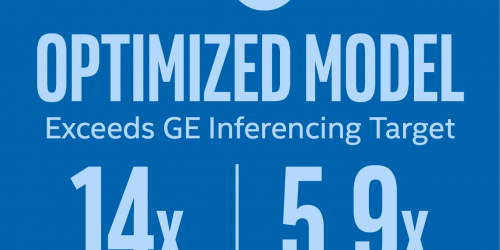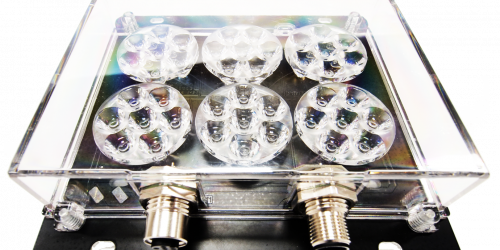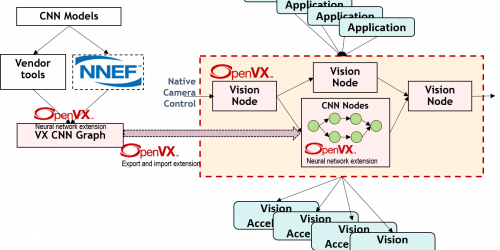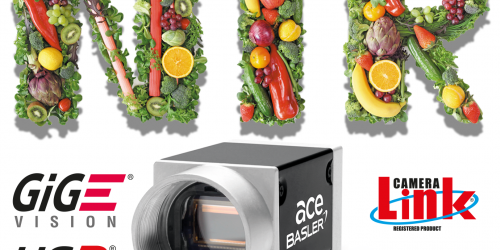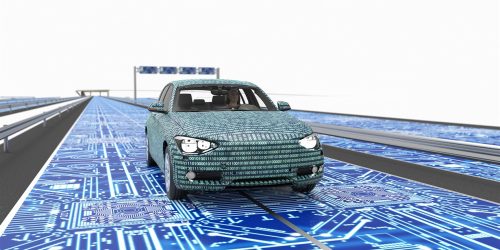Intel Software Development Tools Optimize Deep Learning Performance for Healthcare Imaging
This article was originally published at Intel’s website. It is reprinted here with the permission of Intel. The Deep Learning Deployment Toolkit from Intel helps deliver optimized inferencing on Intel® architecture, helping bring the power of AI to clinical diagnostic scanning and other healthcare workflows Executive Summary Deep learning and other forms of artificial intelligence […]

